In this day and age, it's critical for Chief Financial Officers (CFOs) and Chief Human Resources Officers (CHROs) to partner together with a shared sense of purpose to ensure a strategic advantage for their organizations.
Consider the role of each in managing one of the largest costs to organizations today: healthcare benefits. Due to the increasing cost of employer-sponsored healthcare, employee benefits are now often the third or fourth largest line item on an organization’s P&L. CFOs cannot ignore such a sizable expenditure, and must take a keen interest in understanding the underlying cost factors of providing medical coverage to workers.
CHROs are in a unique position to provide insight into these cost factors. Thus, CFOs and CHROs share the responsibility of managing human capital costs appropriately. Only with solid alignment between the objectives of the CFO and the CHRO will organizations continue to grow and prosper in today’s hyper competitive corporate climate.
We recently released an in-depth ebook which addresses not only the obstacles to creating CFO/CHRO alignment, but also the commonalities the two functions share, and the steps that must be taken to achieve proper alignment and sustainability of both financial resources and human capital resources in the coming years. You can download this free ebook/white paper simply by clicking here. It covers all of the following:










 Employers are struggling to assemble impressive employee benefits packages under the crushing weight of ever-increasing healthcare costs. While these escalating expenses may be forcing companies to cut back on their overall benefits package, there are still plenty of
Employers are struggling to assemble impressive employee benefits packages under the crushing weight of ever-increasing healthcare costs. While these escalating expenses may be forcing companies to cut back on their overall benefits package, there are still plenty of 










